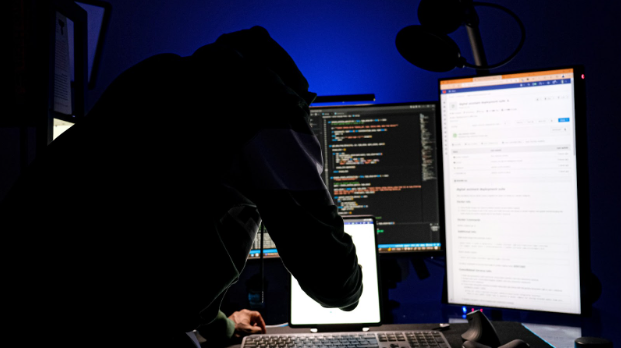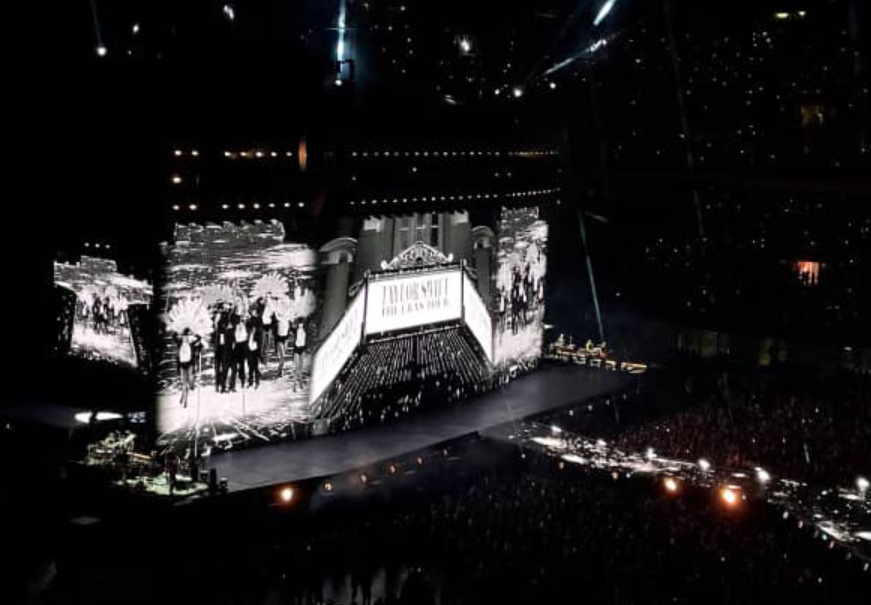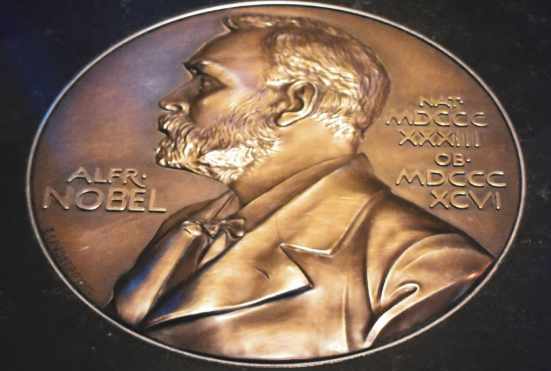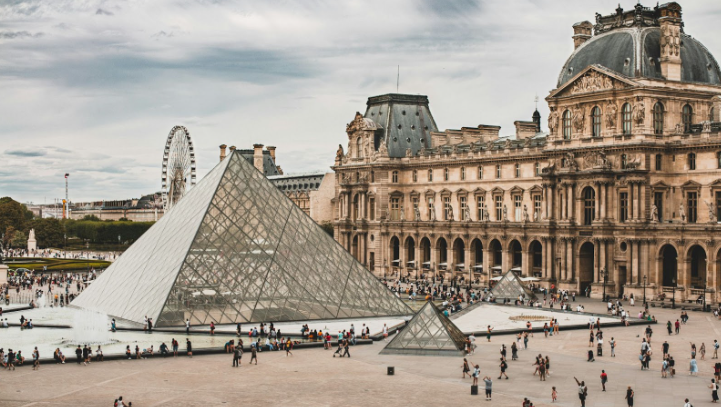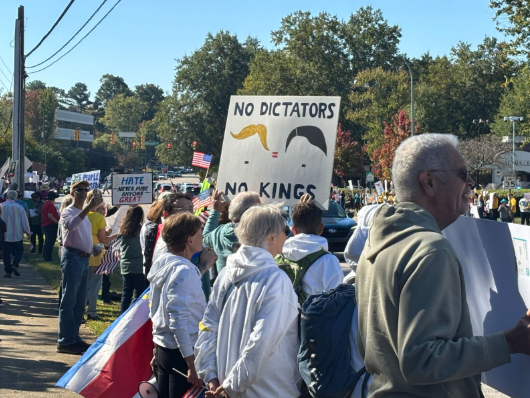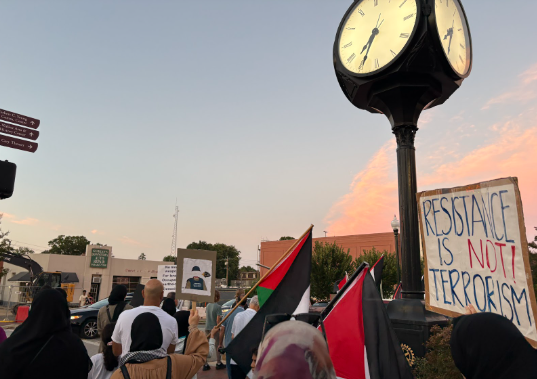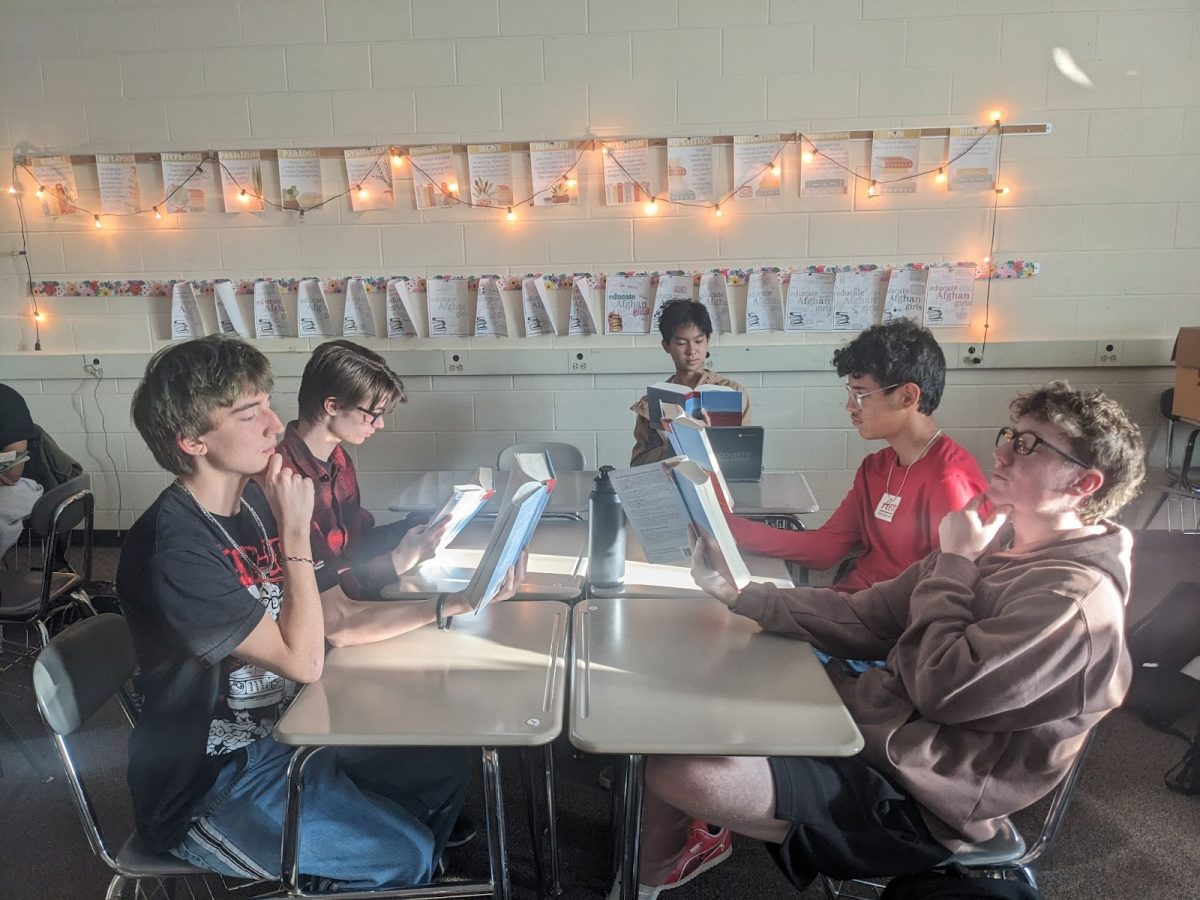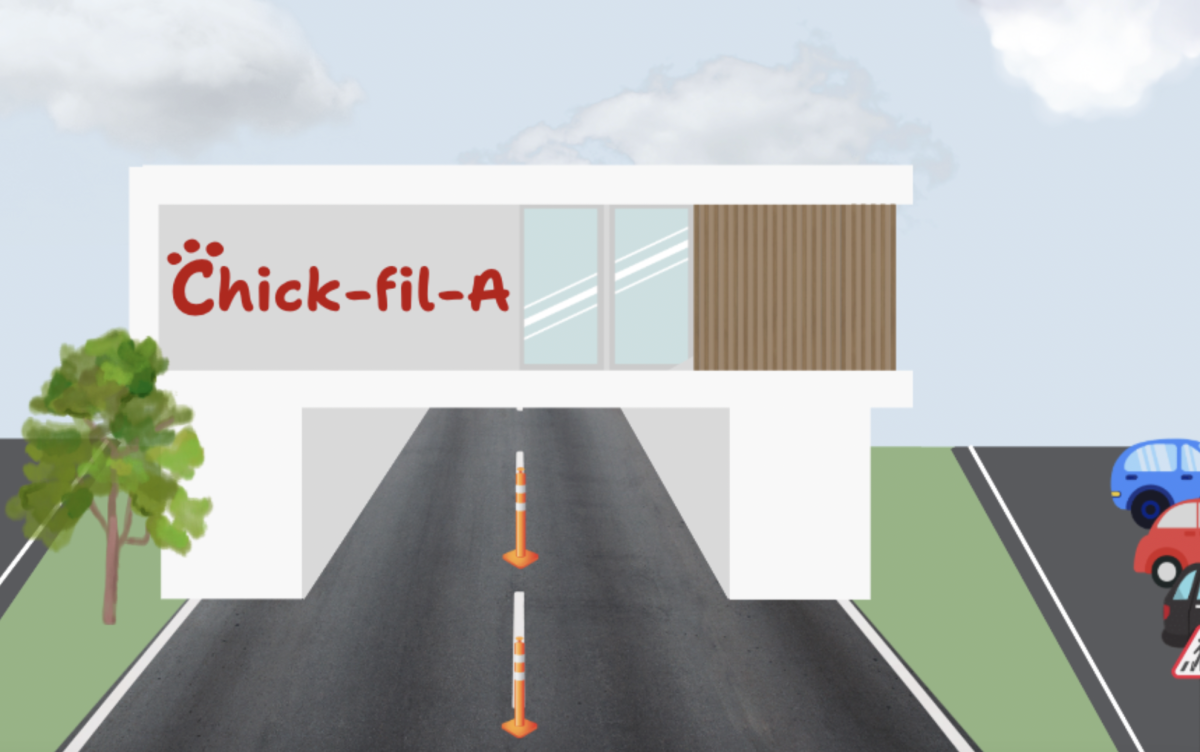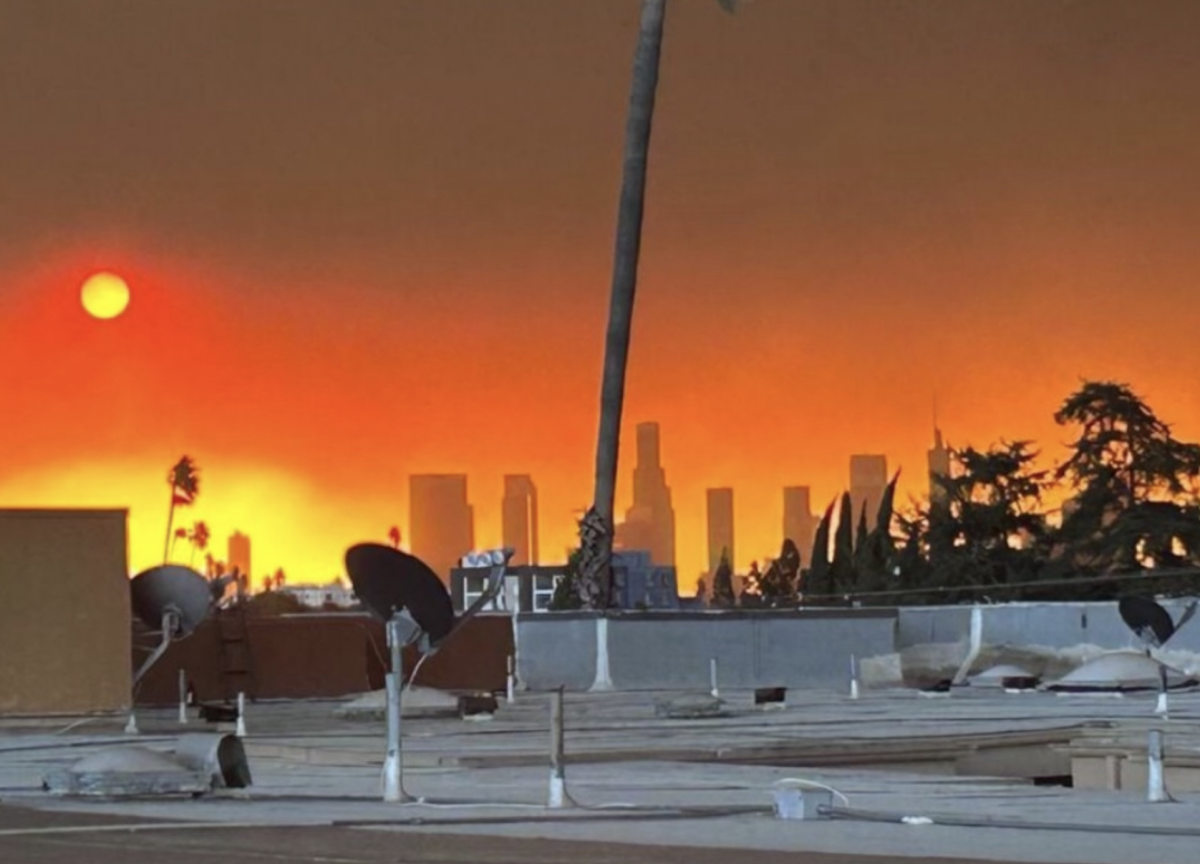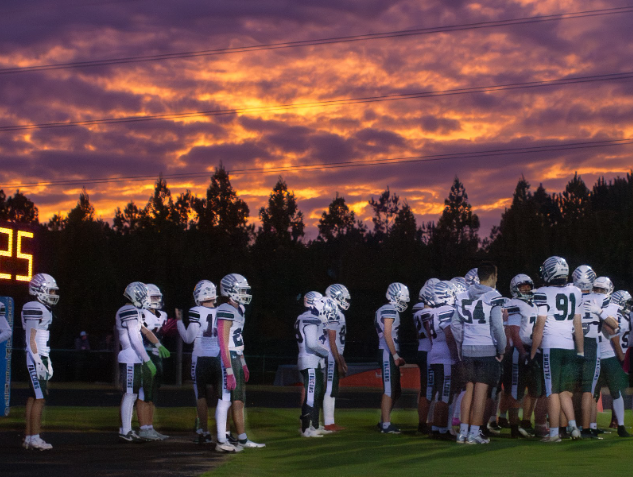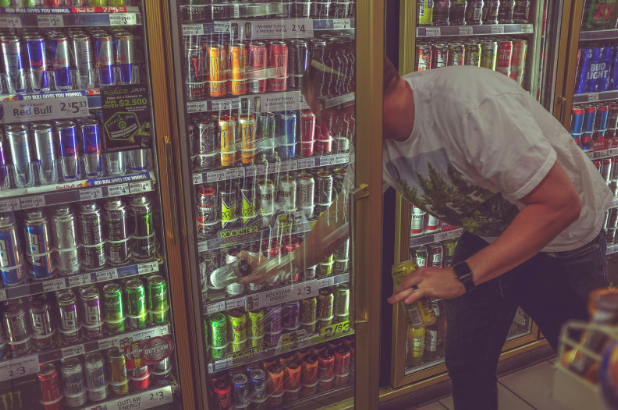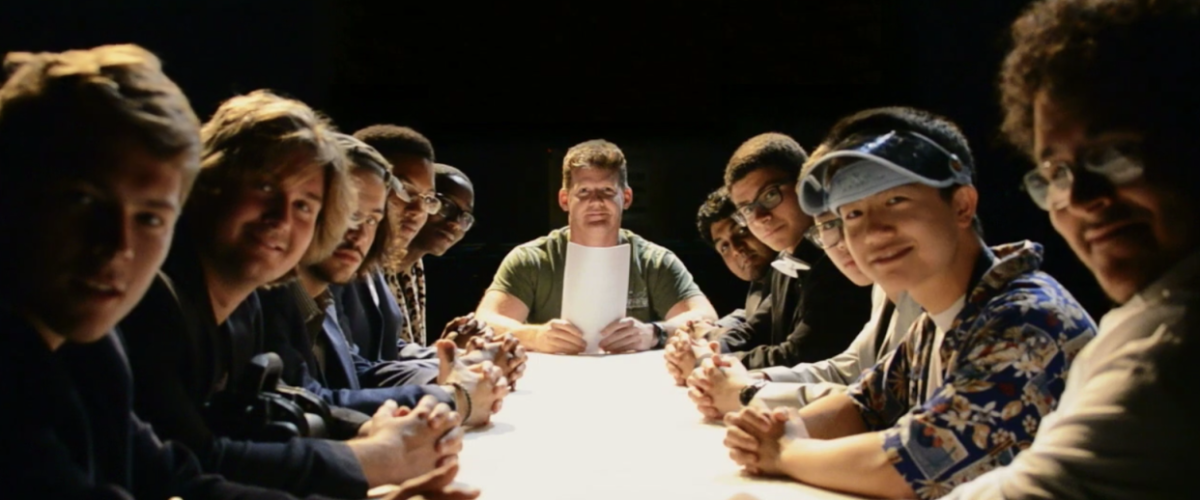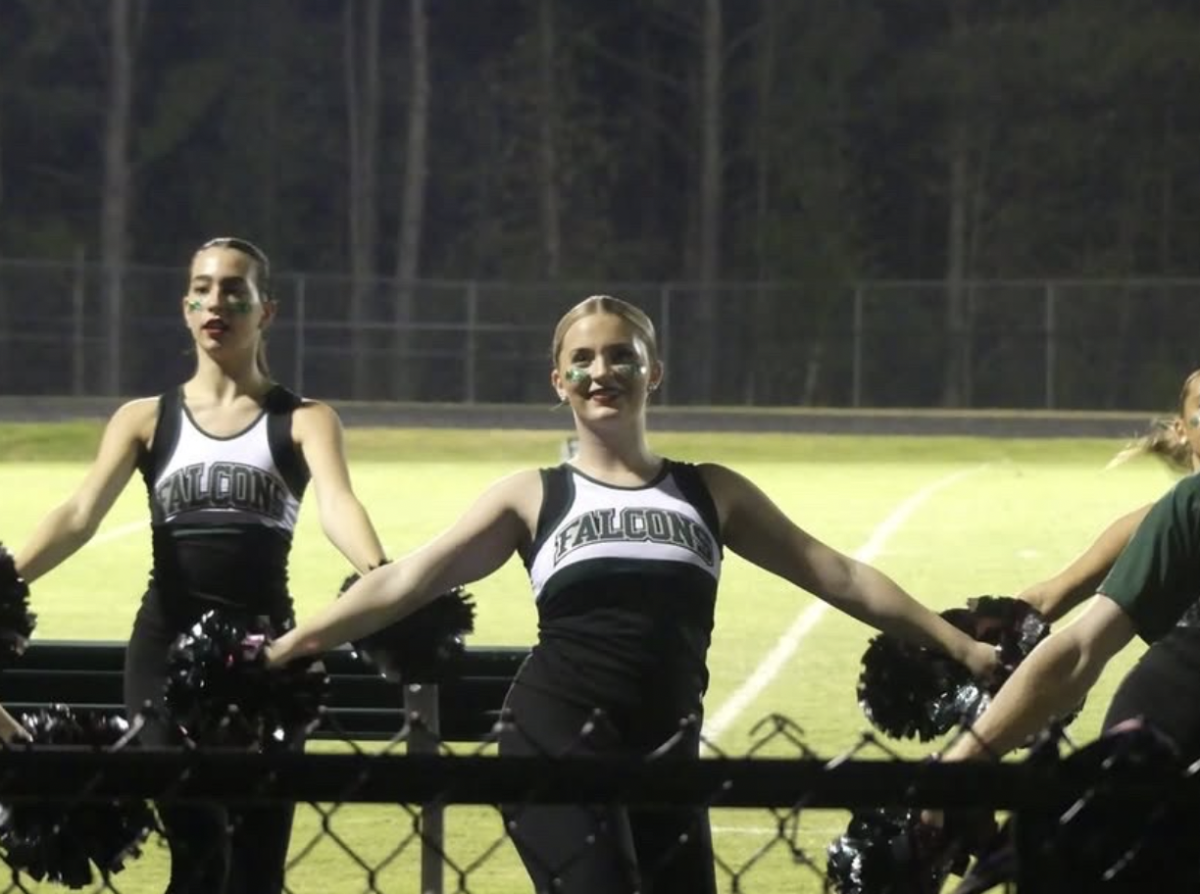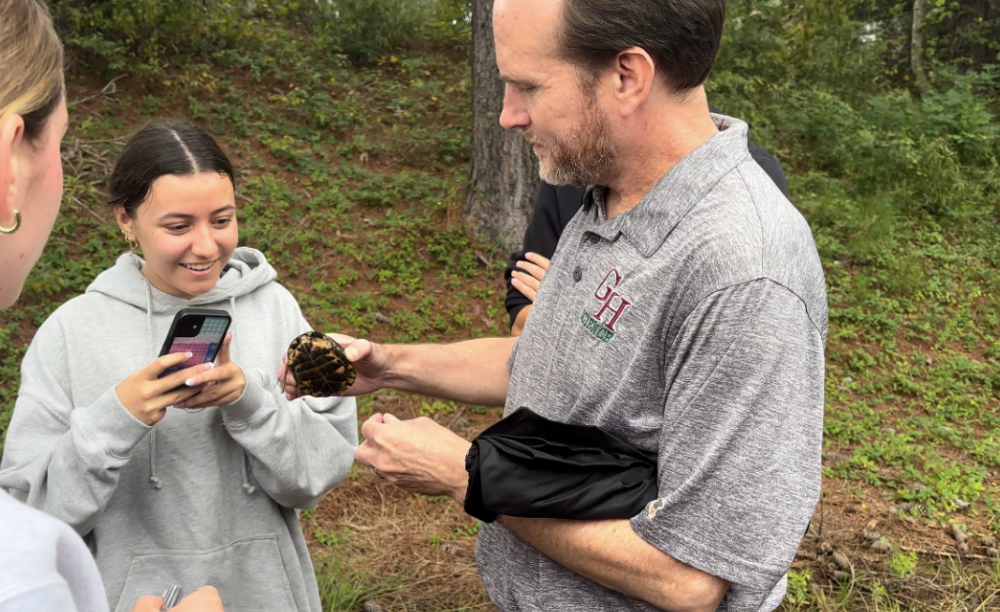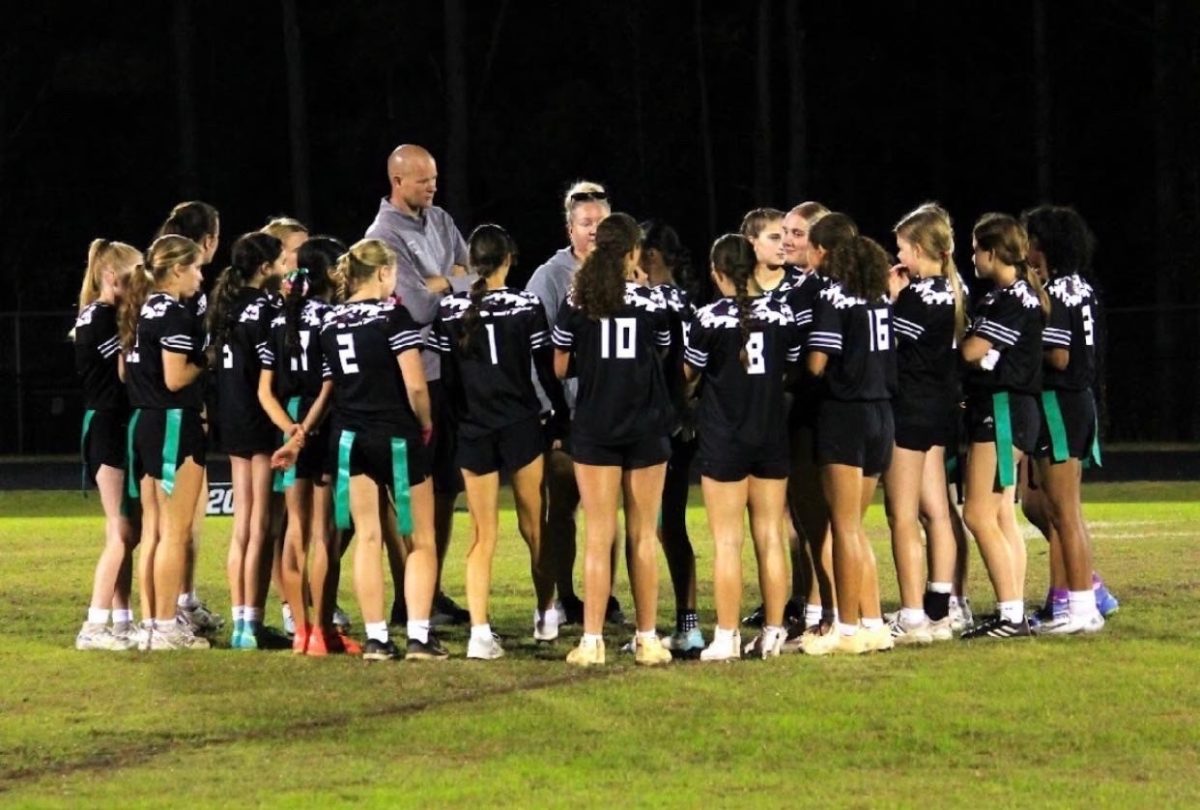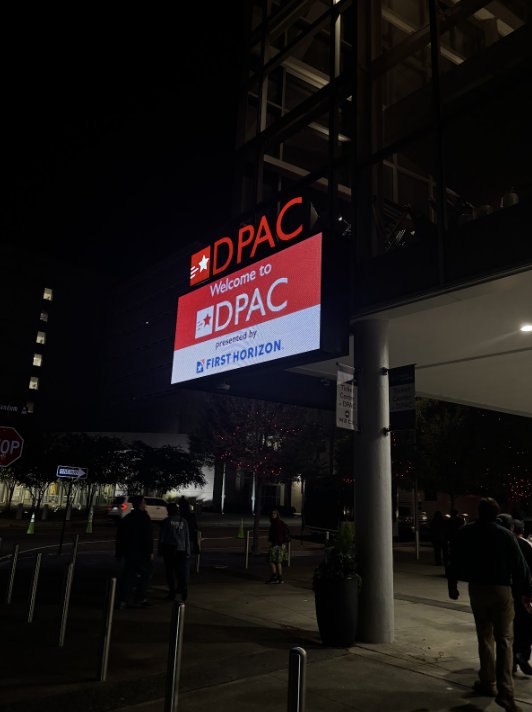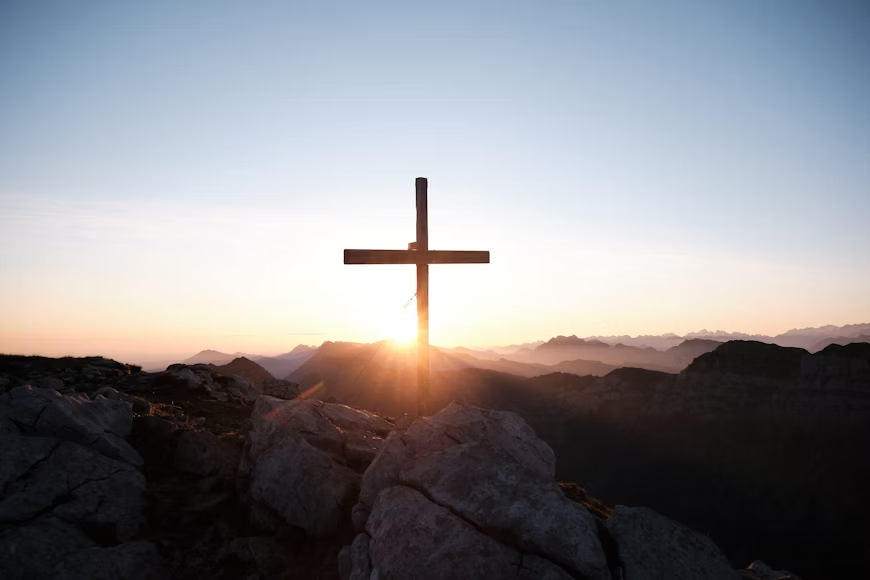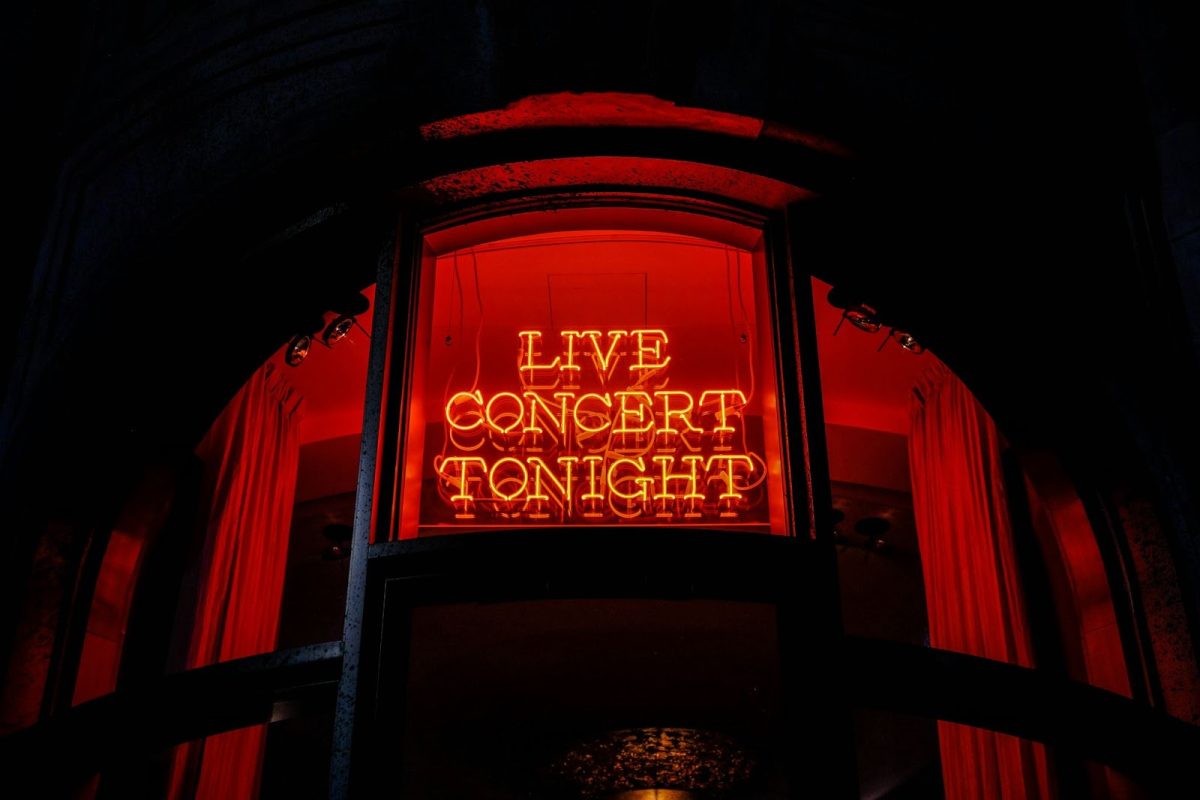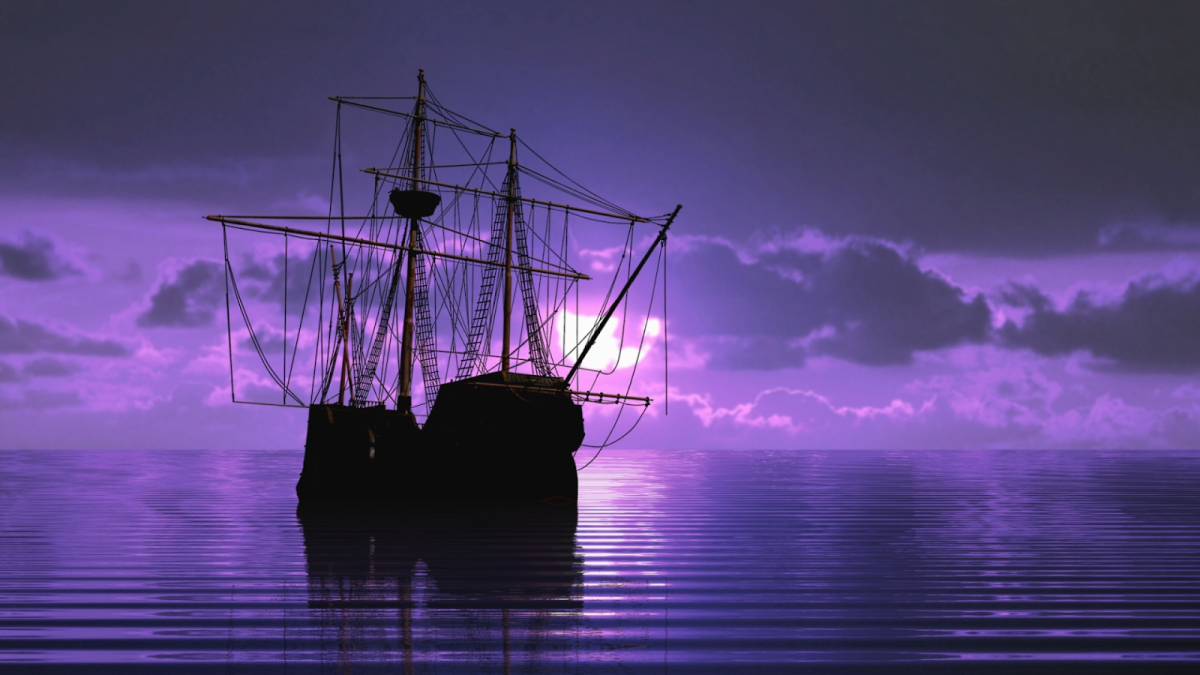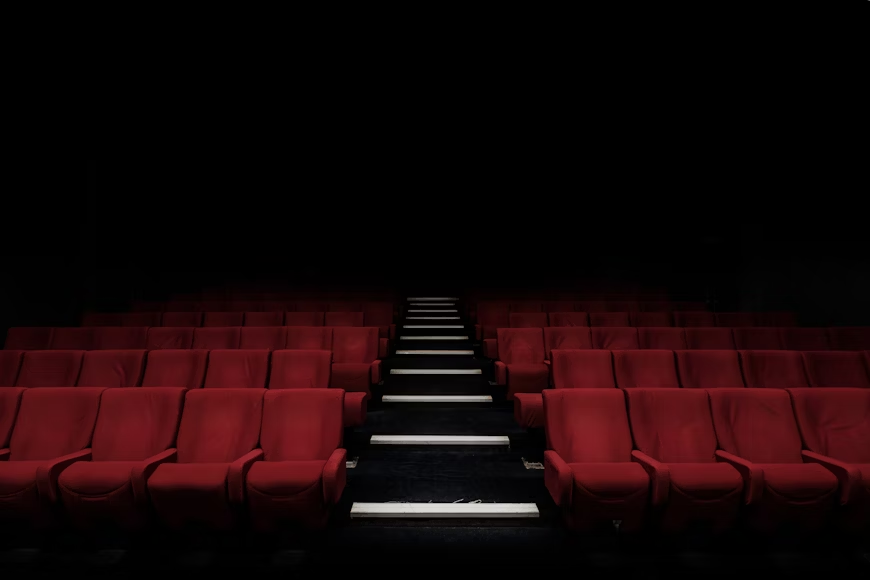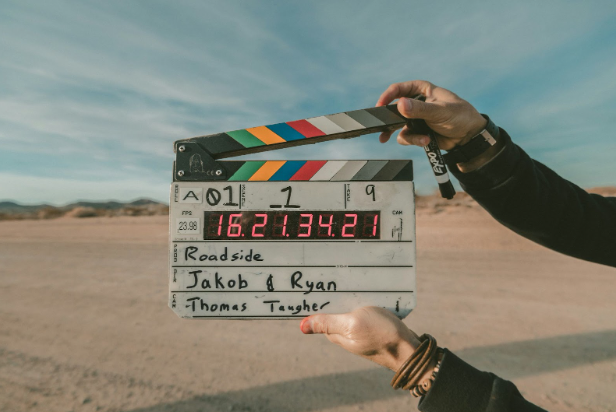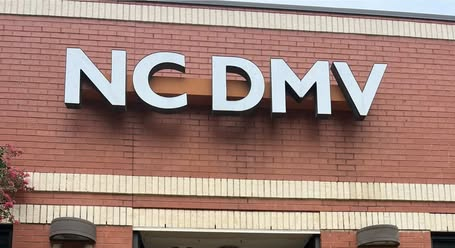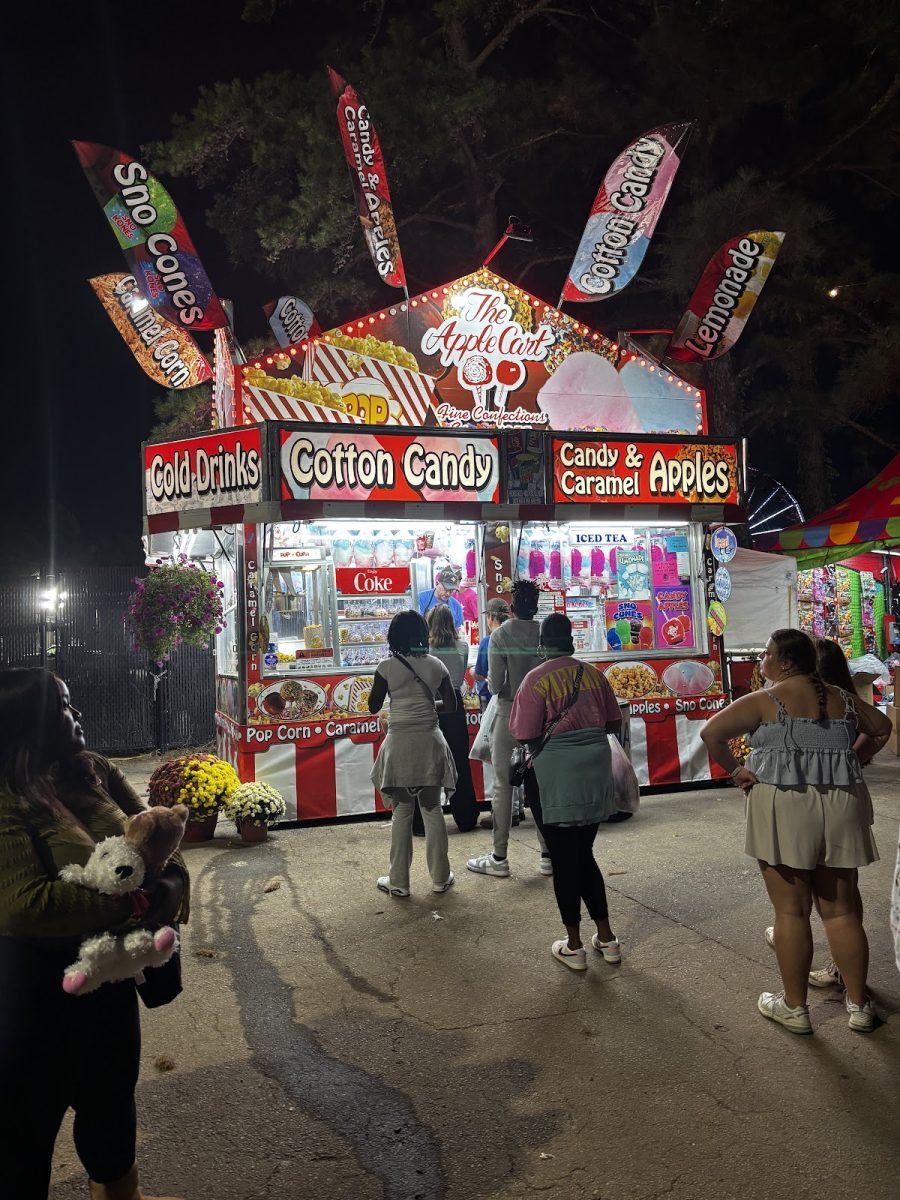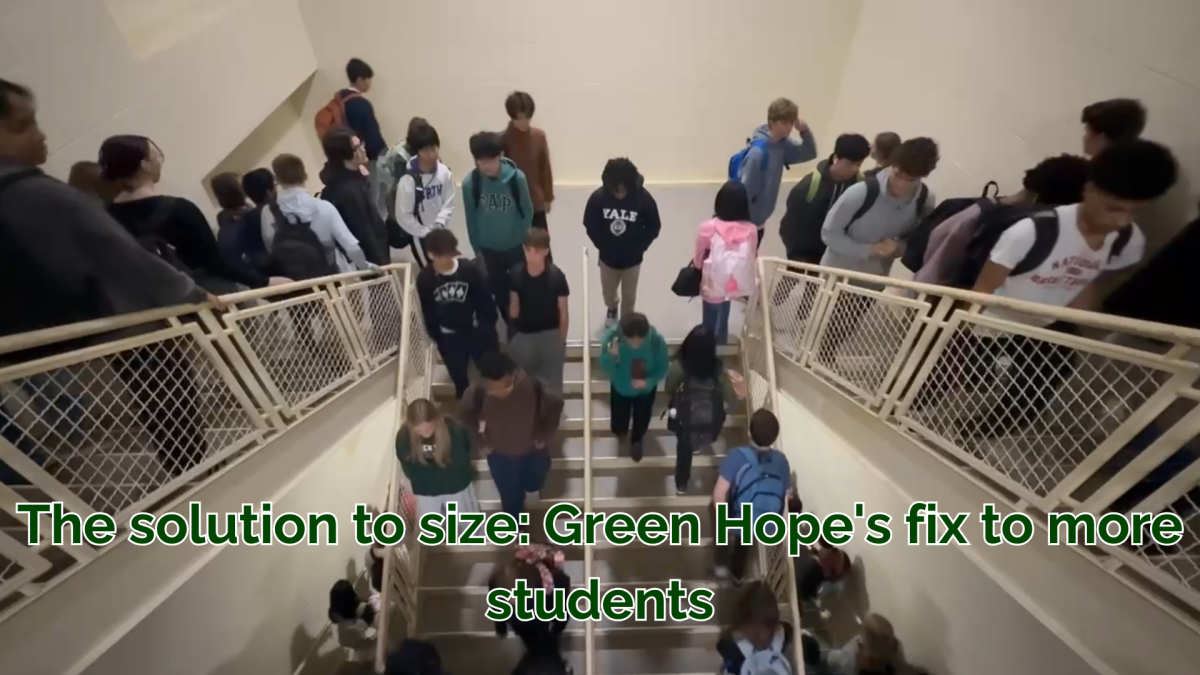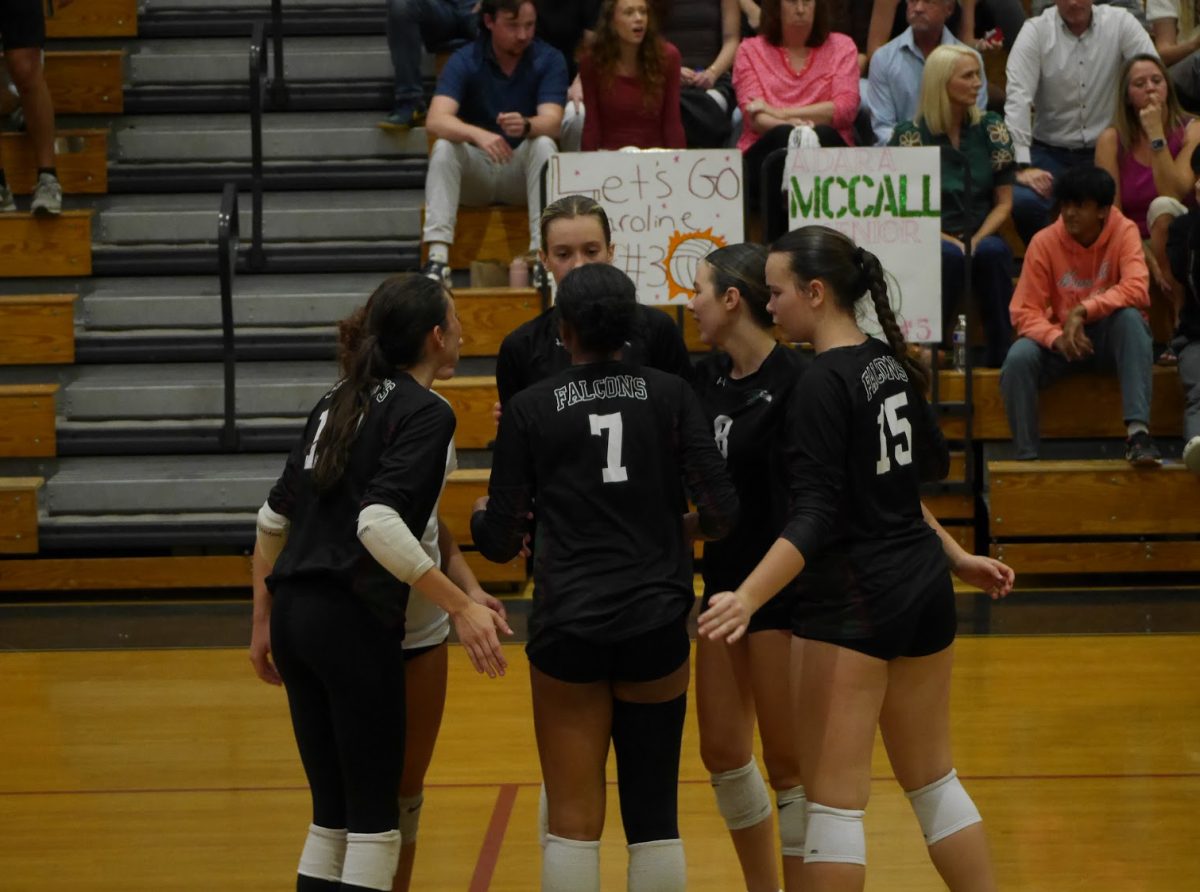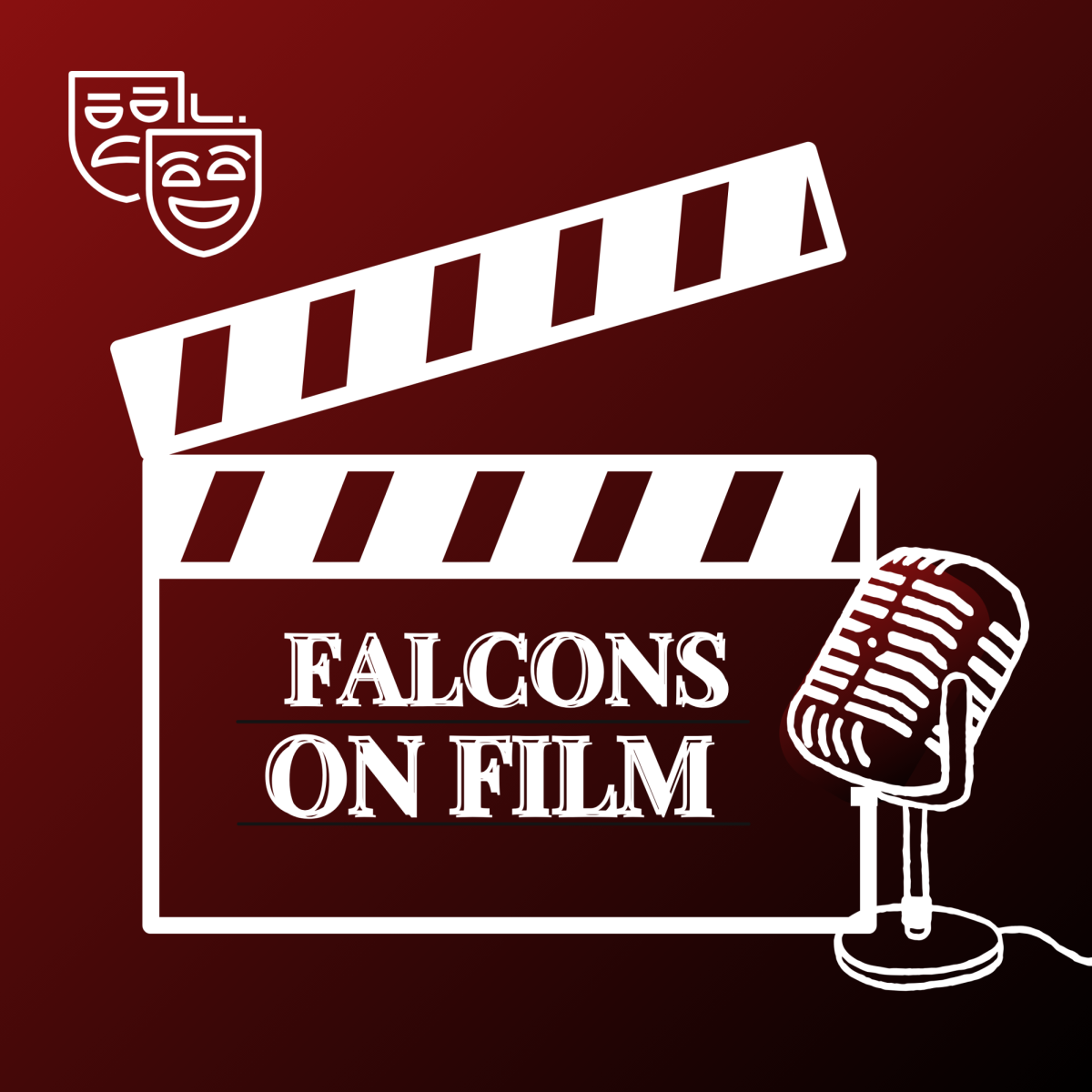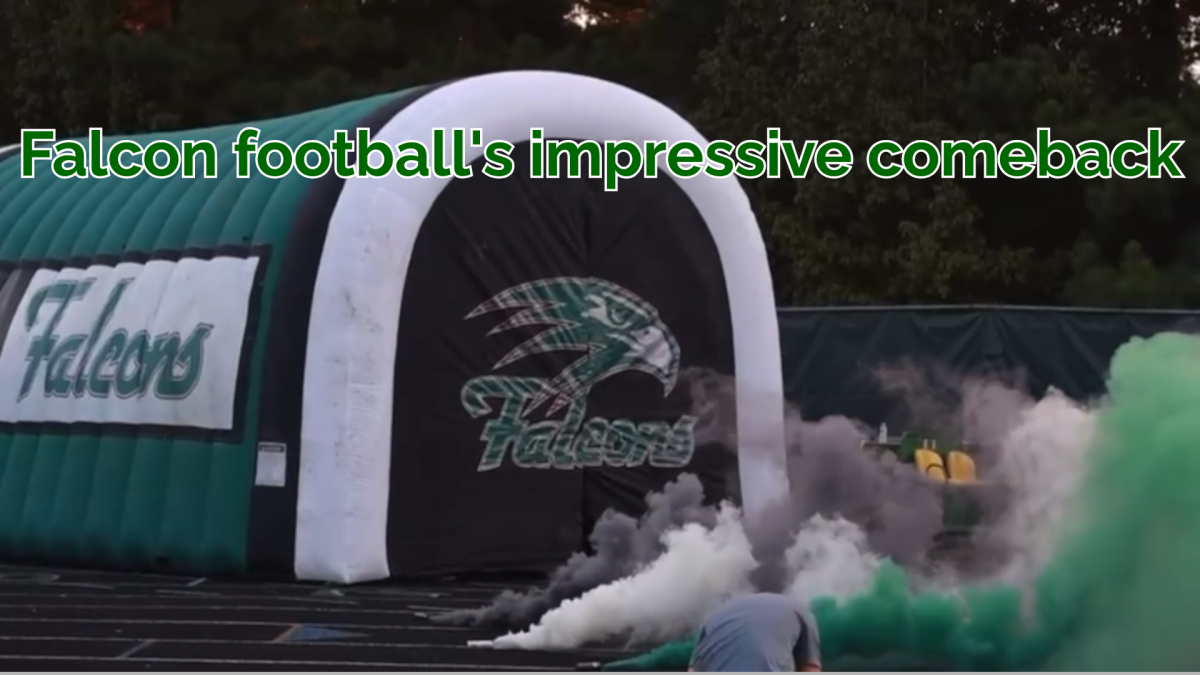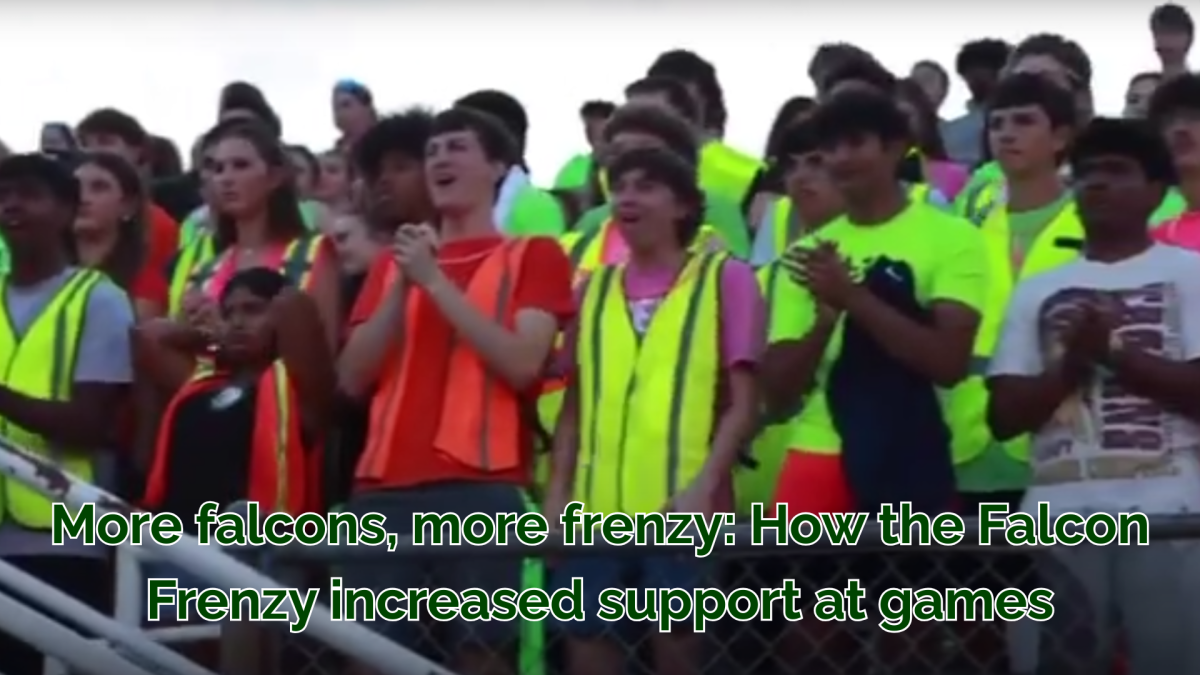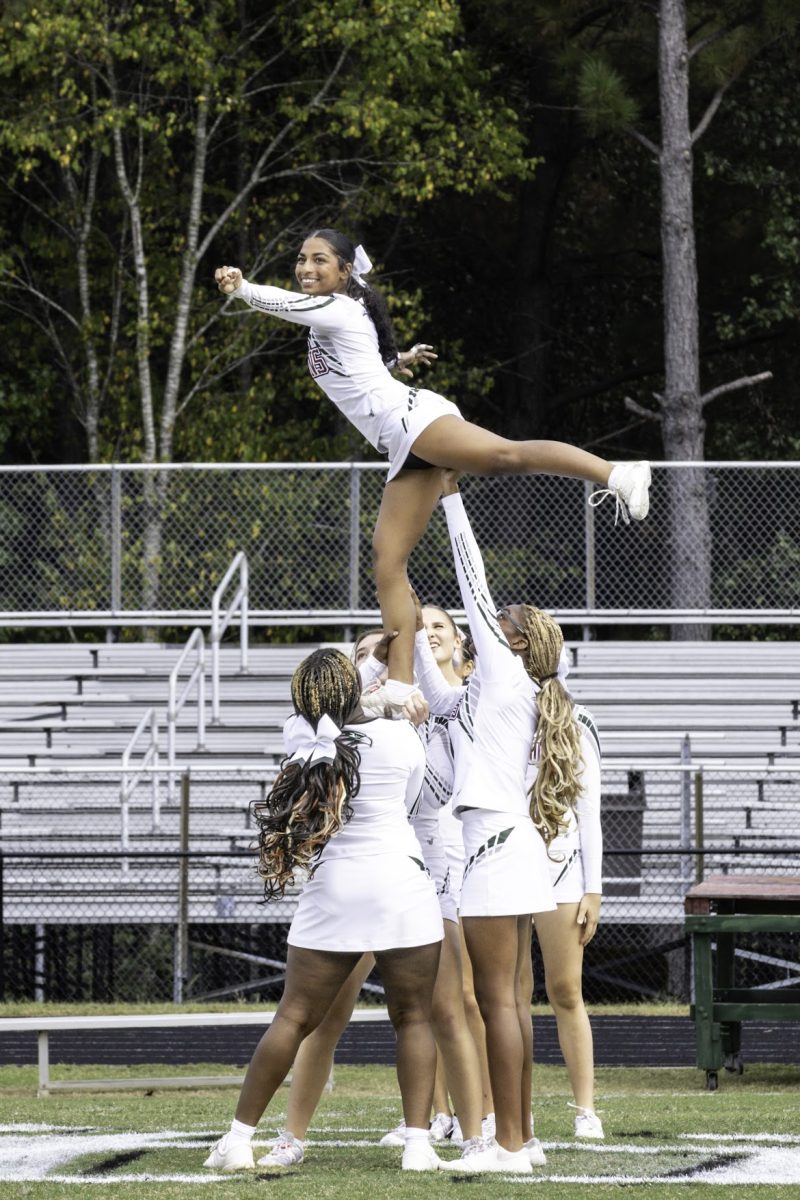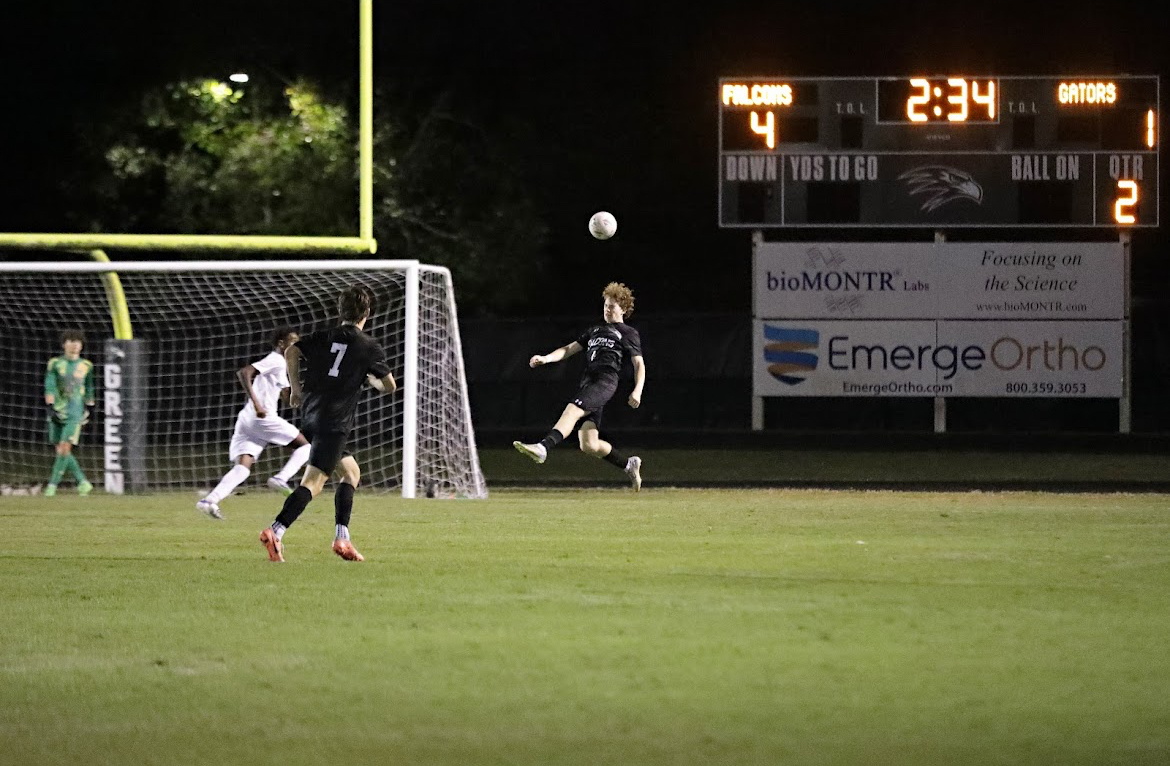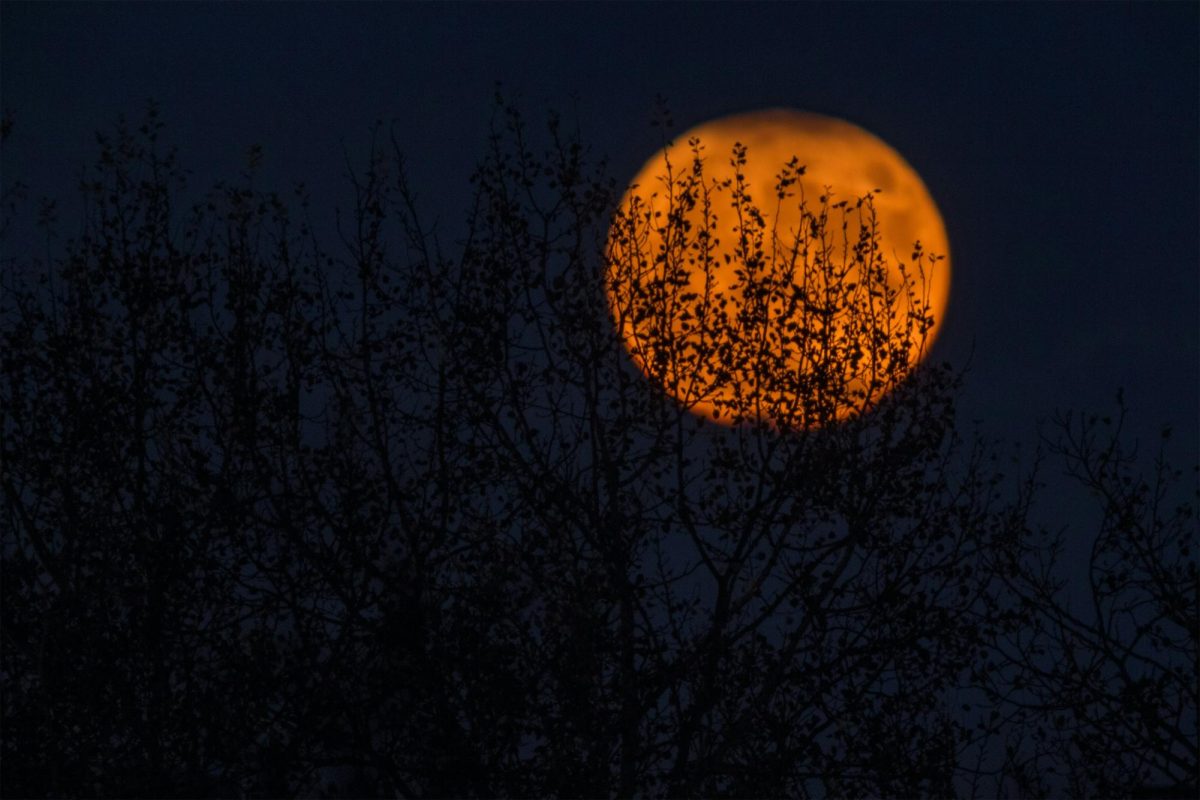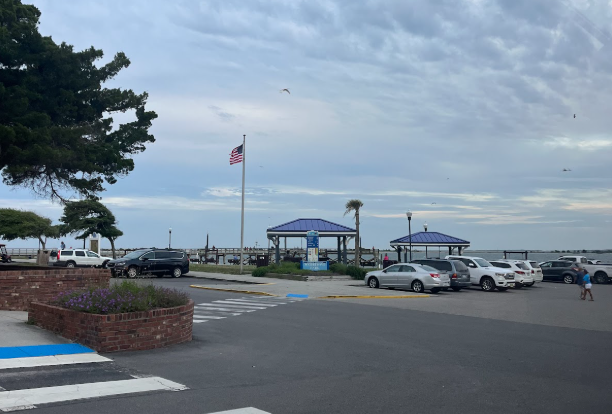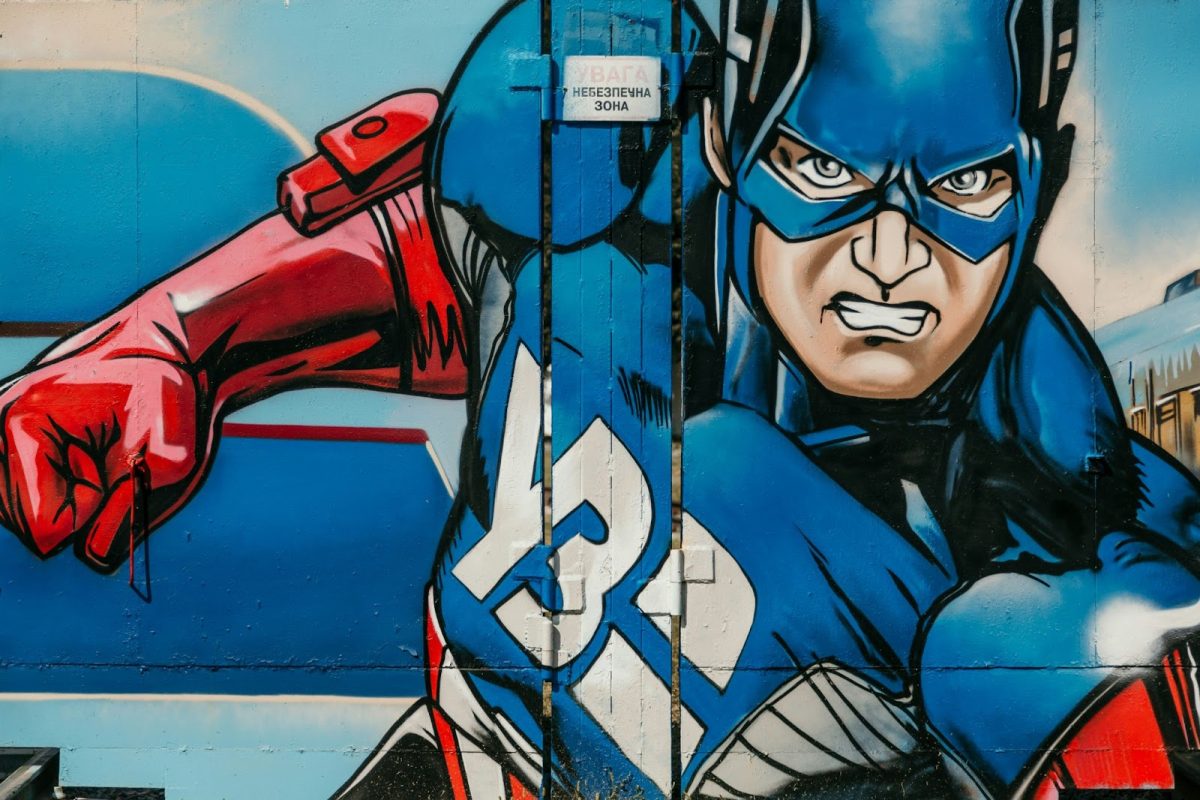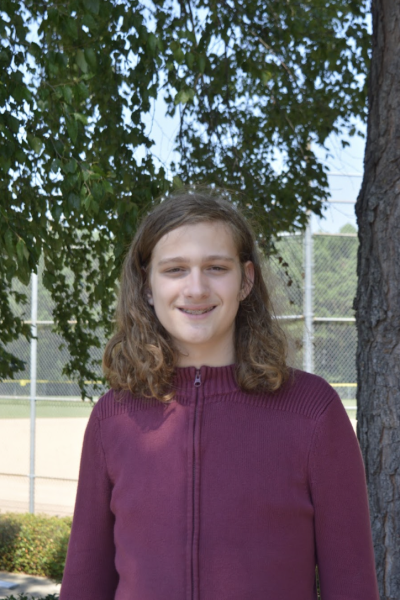As the asterisk in its name implies, “Thunderbolts*” is not what it seems on the surface. What is framed as a team-up movie setting up the upcoming “Avengers: Doomsday” turns into a contemplative film exploring the complexities of the past and the uncertainty of the future.
The movie starts on a poignant scene of Florence Pugh’s character Yelena Belova jumping off of a skyscraper while delivering a monologue about how empty she feels. Her monologue is heavy and serious, and it hits even through the eventual generic action scene it becomes.
Following this, politician Valentina Allegra de Fontaine (Julia Louis-Dreyfus) enlists Belova to raid a secret underground vault. De Fontaine is facing impeachment on account of her covert operations sending assassins around the globe. Belova has been sent to destroy the evidence.
The evidence, as it turns out, is the very assassins that she has previously sent. She’s sent all of them to the same vault, and intends to trap and dispose of them. The group includes Belova, John “US Agent” Walker (Wyatt Russell), Ava “Ghost” Starr (Hannah John-Kamen), Antonia “Taskmaster” Dreykov (Olga Kurylenko) and Bob (Lewis Pullman). Taskmaster, however, is shot and killed within the first 20 minutes of the movie.
Upon teaming up and escaping, the team is met by Bucky “The Winter Soldier” Barnes (Sebastian Stan) and Alexei “Red Guardian” Shostakov (David Harbour), who promptly join the team. Each member of the team, with the exception of Bob, was introduced as an anti-hero in a different MCU project.
At first, this caused some concerns. One of the worst things about recent MCU productions have been the sheer content hours one needs to consume in order to understand even the simplest plot points. Not only that, but “Thunderbolts*” is very specifically about the pasts of all these characters, as told through their previous appearances.
Luckily, the movie mostly avoids these pitfalls. The movie drives home each character’s regrets, with the exception of Ghost who mostly takes a backseat. The pasts of Belova, Walker, Shostakov and even Bob are quite literally relived, allowing the audience to understand them without needing to watch the movies and TV shows they originally appeared in.
Bob will eventually become The Sentry, Marvel’s villainous equivalent of Superman. He’s more powerful than anything in the MCU, and when he becomes The Void, he’s scarier than anything in the MCU. As The Void, he “shadows” people, transporting them to “mind prisons” shaped after their own shameful memories.
This is where the movie takes its stance, revealing that the whole time, the plot has been about mental illness, and the effects that can have on people. Each character suffers from different effects of mental illness, as told through their powers and stories.
Ghost’s power, the ability to disappear, is representative of the disconnection many people feel due to mental illness. It can be used as a coping method, but the movie is very clear that it’s nothing but a temporary solution, as she can only stay invisible for around a minute.
While none of the other characters have powers— a fact the movie reiterates quite often— the movie shows their characters flaws through their backstory. Walker is a neglectful father, Shostakov falls into gluttony as a coping mechanism and Belova has been doing mercenary work to fill the hole left by the death of her sister.
The imagery in this movie is striking. To call it “artistic” would be to devalue the art of cinema as a whole, but many could be inclined to call this Marvel’s first true “artistic” movie. It’s far from the first time the studio has promised a more arthouse feeling. Notably, “Eternals,” directed by Oscar-winning director Chloe Zhao, was described as a film inspired by “2001: A Space Odyssey” and “Interstellar,” despite the film lacking the grandeur and scale of its inspirations.
So, when director Jake Schreier says that the imagery in the film takes cues from the aftermath of the bombing at Hiroshima and Nagasaki, it comes with a little bit of apprehension. It’s not immediately obvious that the movie is going to do the imagery justice. Especially when considering the fact that this is a movie led entirely by side characters, mostly from Disney+ original programming, meaning that it’s almost guaranteed to get lost in the weeds of its own lore.
Fortunately, the movie manages to break free of this and not only pull off the imagery successfully, but also stay focused on telling its own story. The stories that are most important to the plot are told again in the movie, with the ones that aren’t being sidelined. Sure, it might be a problem if one’s favorite character is Ghost, but that clearly isn’t the majority of the audience.
The only problem with this movie comes after it’s already over—the seemingly inescapable post-credits scene sets up what is to be the next major Marvel team-up movie after this, “Avengers: Doomsday.” It’s immediately obvious when the scene starts that it was directed by the Russo Brothers, the style is unmistakable. The scene sets up the Fantastic Four to be major players in “Doomsday,” seemingly undoing a lot of what the film tried to do to set itself apart.
This is something that is quite frustrating in many MCU movies. The post-credits scene of this movie does nothing to further the story of the Thunderbolts, not even giving a funny vignette like some post-credits scenes. Instead, it sets up an entirely different superhero team introduced in a movie that has not been released to be a major player in a different movie that’s even further away. Now, the Fantastic Four is tied to an entirely unrelated movie, and it jolts the audience back to the reality that “Thunderbolts*,” no matter how good it might be, is inexorably tied to every other terrible movie in the MCU.
Remove the post-credits scene and “Thunderbolts*” plays like an excellent standalone film looking into the troubled minds of these characters. Stick around after the names are done scrolling and the movie turns into a saddening reminder that general audiences are still saddled with the MCU for the foreseeable future.
Whenever Marvel manages to release a good movie, the consensus tends to land on one idea: the MCU is “back.” It’s no secret that the MCU has produced strings of bad movies and strings of good ones, as every film series does. The thing is that in the modern age of the MCU, good movies are continually positioned as a return to form for the MCU—not a continuation of a hot streak.
The post-credits scene of this movie serves as a reminder that the directors of “Doomsday,” Joe and Anthony Russo, haven’t been on a hot streak themselves. They’ve been at the helm of a number of high-budget critically panned movies, including “The Gray Man” and “The Electric State,” and now it seems that they need their upcoming Avengers movies to bring them back to form.
It’s worrying to see this trend arise, that most of the content released for the MCU is bad, and to save it they’ve brought purveyors of bad content.
So, will “Thunderbolts*” actually bring back the MCU? Precedent says no. It seems likely to be another in a line of films that was supposed to bring the MCU back to a level of quality that it would never actually reach again. So, until the next stand-out MCU movie, Marvel Studios can rest easy knowing that they’ve probably garnered enough interest to see these characters return in whatever big Avengers project they have coming out next.


